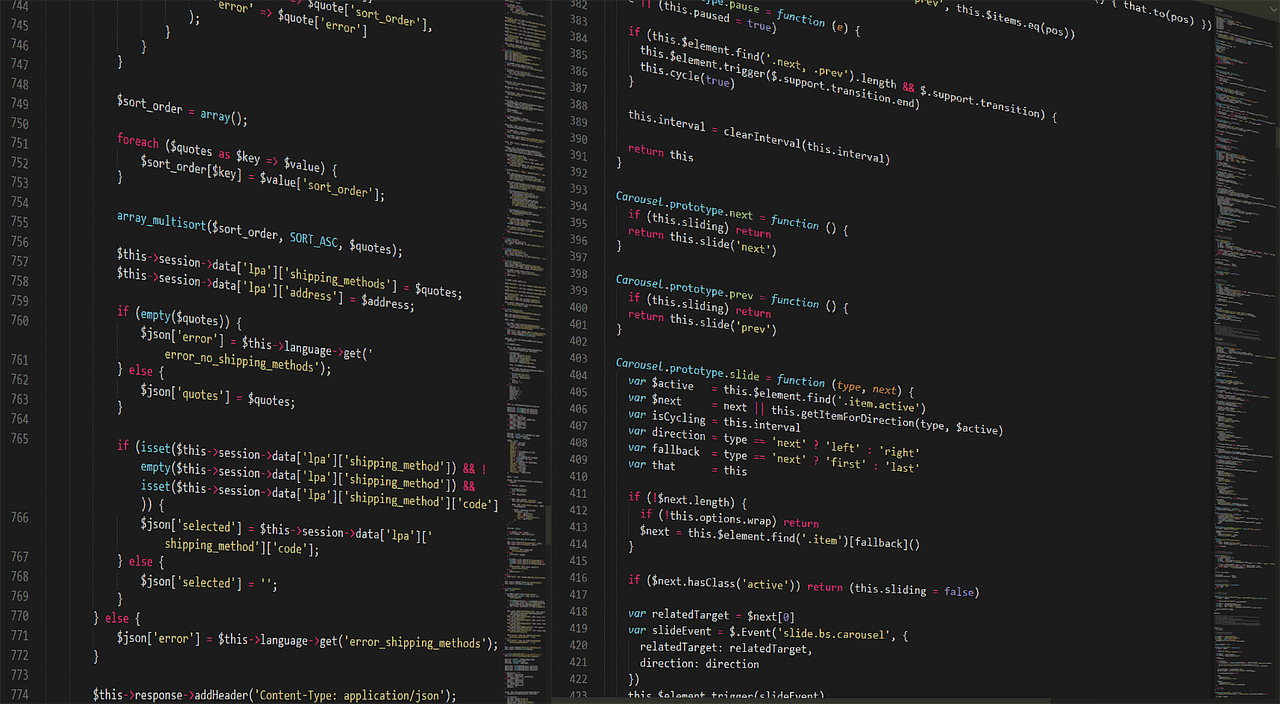Comprehensive Guide to Python Web Development for Beginners
Python is an incredibly versatile and popular language for web development, offering a robust ecosystem of frameworks, libraries, and tools that simplify the development process. This guide aims to help both beginners and experienced developers learn and master Python web development.
What is Web Development?
Web development involves creating, maintaining, and designing websites. It encompasses both front-end and back-end tasks:
- Front-end: Involves tasks visible to the user, such as user interface design and client-side scripting.
- Back-end: Encompasses server-side logic, database integration, and API management.
Why Use Python for Web Development?
Python is a highly efficient and adaptable language for web development due to its:
- Easy Learning Curve: Python’s simple syntax makes it easy for new developers to start creating websites.
- Good Readability: The language’s clarity enhances the development pace, allowing developers to understand their code easily.
- Decent Frameworks: Python supports numerous web development frameworks like Flask, Django, Pyramid, Web2Py, and Turbogears.
How to Use Python for Web Development
- Install Python: Start by installing Python on your machine from the official Python website.
- Choose a Web Framework: Select one of the following popular frameworks:
- Django: Known for its full-stack capabilities and comprehensive feature set.
- Flask: A lightweight and flexible option ideal for small to medium-sized applications.
- Pyramid: Modular framework that allows extensive customization.
- Bottle: A minimalist framework designed for simplicity.
- Set Up a Development Environment: Create a dedicated folder for your project and set up a virtual environment using tools like `virtualenv` or Python’s built-in `venv` module.
Different Python Web Development Frameworks
1. Django
With a comprehensive toolkit including ORM, authentication, URL routing, and templating, Django excels in security and scalability.
2. Flask
Flask’s simplistic design and modular structure make it ideal for quick project deployments.
3. Pyramid
Pyramid is flexible and supports various databases and caching mechanisms, making it a great choice for complex applications.
4. Bottle
This minimalistic framework allows developers to create simple apps easily, suitable for microservices architectures.
5. Tornado
With asynchronous capabilities and high performance, Tornado is suited for high-concurrency applications.
6. Web2Py
This integrated environment simplifies rapid prototyping with its web-based IDE and prebuilt features.
Tips for Learning Python Web Development
- Start with the basics: Understand Python syntax and data structures.
- Choose the right framework: Select a framework that aligns with your project requirements.
- Practice with projects: Build small applications to enhance your understanding.
- Join communities: Engage in online forums such as Stack Overflow or Reddit’s r/learnpython.
- Read documentation: The official documentation is invaluable for all frameworks.
- Deploy applications: Learn how to deploy your projects to scale and secure them effectively.
Conclusion
Python is an excellent choice for web development due to its simplicity, readability, and extensive framework ecosystem. Whether you are beginning your programming journey or advancing your skills, Python provides a versatile solution for creating dynamic websites and web applications. By choosing the right framework and regularly practicing your skills, you can become proficient in Python web development.
Additional Resources
For more thorough insights into Python web development, check out these articles:
Projects and Applications for Python Web Development
Key Projects
- Personal Portfolio Website: Create a website to showcase your skills, projects, and contact information using Flask or Django. Implement various sections such as an about me page, project gallery, and a contact form.
- Blog Platform: Build a blogging platform where users can register, create, edit, and delete posts. Use Django to handle user authentication and form management efficiently.
- Real-time Chat Application: Develop a chat application using Flask and WebSocket for real-time communication. Allow users to join different rooms and send messages to each other.
- Task Management App: Create a task manager where users can add, update, and delete tasks. Utilize Django’s ORM to handle database operations and create a simple API for mobile integration.
- E-commerce Website: Design a fully functional e-commerce site with a product catalog, shopping cart, and checkout process using Django. Implement features like user authentication and payment processing.
Python Code Examples
Flask Example: Personal Portfolio Website
from flask import Flask, render_template
app = Flask(__name__)
@app.route('/')
def home():
return render_template('index.html')
if __name__ == "__main__":
app.run(debug=True)
Django Example: Blog Platform
from django.db import models
class Post(models.Model):
title = models.CharField(max_length=200)
content = models.TextField()
created_at = models.DateTimeField(auto_now_add=True)
def __str__(self):
return self.title
Real-World Applications
Python web development is significantly impactful across various industries:
- Education: Websites for online courses and classrooms use Python for backend processing, offering features like user accounts, grades tracking, and forums.
- E-commerce: Many online stores leverage Python frameworks to manage inventories, customer interactions, and sales analytics.
- Healthcare: Python web applications are used to manage patient records, appointments, and medical data securely.
- Finance: Financial institutions utilize Python to build trading platforms, analyze market trends, and manage risk.
- Content Publishing: Editorial platforms rely on Python for producing articles, managing user submissions, and enabling social sharing.
Next Steps
Now that you have a foundational understanding of Python web development, it’s time to take your skills to the next level. Start by
exploring different web frameworks
in depth, such as Django or Flask, to identify which best fits your project requirements.
Additionally, implement small projects to practice your new skills and reinforce what you’ve learned.
Consider joining Python web development communities and forums to connect with other developers for guidance and support.
Participating in coding challenges can also enhance your proficiency. For further learning, check out our articles on
best practices
and the latest trends in Python web development.
Finally, don’t forget to explore deployment options to ensure your applications run smoothly in production. Happy coding!
